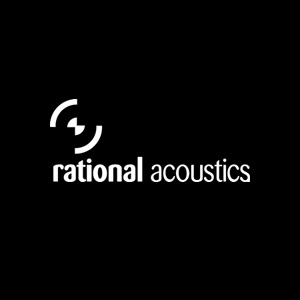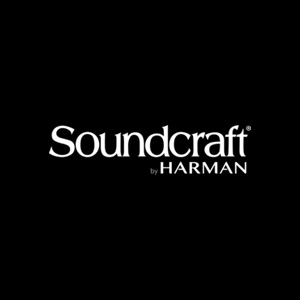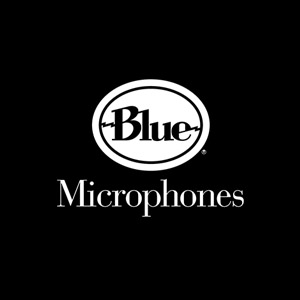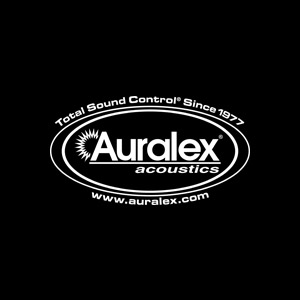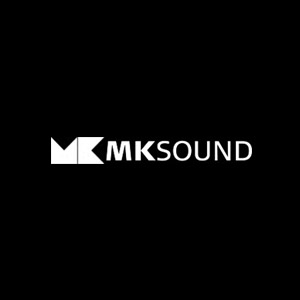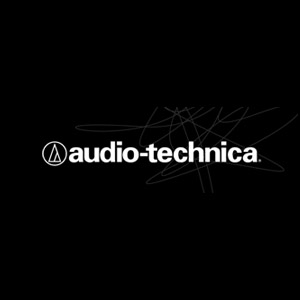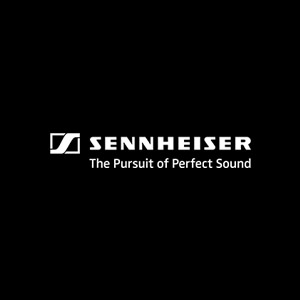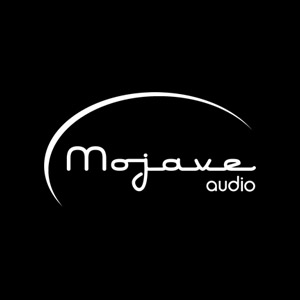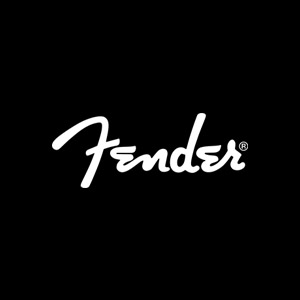How to Become a Master Sound Engineer
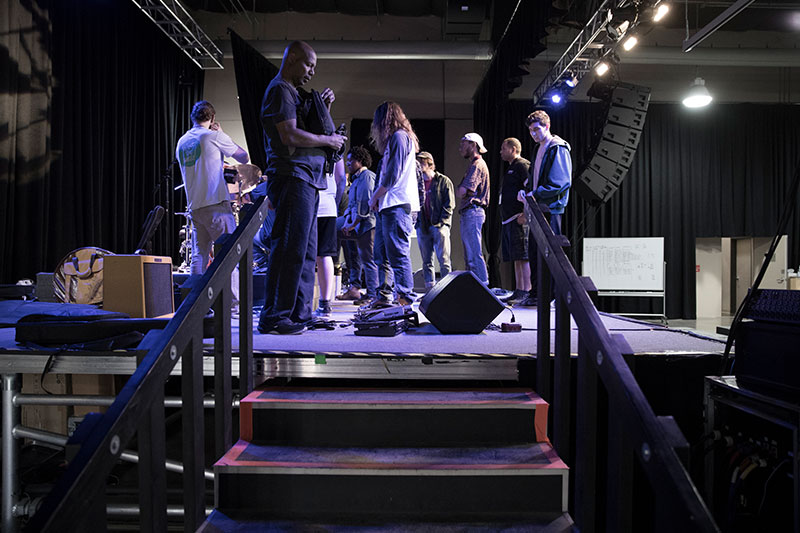
Why Sound Engineering Schools?
If ever there were two words whose meanings have been blurred, in the Audio World, it’s MIXING and MASTERING. Most “listeners” don’t truly concern themselves about the process, rather they just enjoy the music coming out of their speakers. For that matter, this process of MIXING and MASTERING happens in all disciplines of Audio (Music Production, Video Game Audio, Post Production, Live Sound Reinforcement, and Broadcast Audio), but it is typically “invisible” to the listener. However, there are a few exceptional “listeners” that find themselves wanting to pursue their passion in music (or sound), and do not realize that they might be misusing the terms that truly represent MIXING and MASTERING
Music Production Sound Engineering
Although MIXING and MASTERING happens in all disciplines, let’s focus on Music Production to accurately define the terms.
Since most consumers are never part of the entire process of “making a record,” but trust me when I tell you, it’s quite the process! Imagine this: An Artist has created/written s song and wants to record it so that they can distribute the song to their fans (and hopefully gain new fans!). If they are a notable Artist, they’ll contact their Producer, and set the wheels in motion. The Producer will listen to the song and piece together a plan of action, which might include: booking a studio, booking musicians, enlisting the help of an Audio Engineer, and making sure that there’s enough time and talent to make it all happen.
The day finally arrives, and the “recording” of the song happens! Each instrument is recorded discretely, so that each sound is captured PERFECTLY. Yes, all those microphones around the drum set… EACH of those microphones are captured individually so that the Audio Engineer can “balance” them, according to the song’s needs. If you’ve ever seen videos of Artists in the studio, you will have seen that incredible device with all those faders, knobs, and buttons on it… That’s a CONSOLE (sometimes referred to as a MIXER.) Anyway, each of those faders is responsible for controlling the volume of each of the sounds that were captured in the recording process. So, if the Audio Engineer used 16 microphones on the drum set, there will me as many faders on the CONSOLE being used to control the balance of the drum set’s sound! Crazy, right?! Now, keep adding to the equation by adding more instruments… Guitars, Vocals, horns, keyboards, synths, drum machines… this can get “wide” very quickly, if you can imagine that each of these sounds will occupy more space on the console, as more sounds are recorded.
Sound Engineer Mixing
Now, let’s chat about the MIXING process! When the recording has all been done, and every sound committed to the recorder is EXACTLY what the Artist and the Producer need, the Audio Engineer will step in and MIX the song, so that it sounds like a SONG, and not a COLLECTION OF SOUNDS! It a delicate process that can take hours/days, adding EQ, trying out effects like ECHO and REVERB on choice sounds, manipulating the dynamics of each sound with COMPRESSORS and NOISE GATES. All of this is done, so that the consumer can lean back and enjoy the “song,” without thinking to themselves that “the vocal is too loud,” or that “the snare drum sounds wrong for this song.” So, that’s the MIXING process. But wait… there’s more!
Now let’s assume that the Artist recorded many songs in the span of a few weeks, in different studios, with different musicians, and different personnel. Each of those songs has to get MIXED so that they sound the best they can, right? Isn’t it fair to say, though, that each of these songs will have different characteristics? Maybe one song is a BANGER with thunderous bass, and enough energy to force you to get up and dance, where another song is a tear-jerking ballad. Each of those songs would have their own dynamic, right? One of them must be LOUDER than the other, right?
So, here we are with 12 different songs recorded at different times with almost no continuity from one song to the next. These MIXED songs are then collected and placed onto a deliverable format, like a CD or a “file” distributed via internet and handed to a MASTERING ENGINEER.
Like an art exhibit, everyone “piece” is carefully curated so that the entire “collection” can be presented in its most professional form. The MASTERING Sound ENGINEER takes each song, studies them, places them in “listening order,” and creates a “sonic thread” that ties all these different songs together, so that it sounds like an “album,” not a collection of songs. This is a very different sensibility in Audio Engineering, since this Audio Engineer does not have access to “individual sounds,” so he can’t make the “vocal louder,” or “tuck the snare drum back a bit.” Literally, The MASTERING ENGINEER just must deal with what he’s been dealt! Crazy, right?!
Today’s misuse of the words MIXING, and MASTERING have been derived from the “modern world,” where fledgling Artists are attempting to make HUGE records in their own spaces, because they don’t have access to the resources that TOP-LEVEL Artists have. They find themselves utilizing Digital Audio Workstations (DAW) to help make the “beat,” and pulling from almost endless libraries of pre-recorded sounds that help them make up the “musical” part of the song. They seldom must set up microphones to records sounds, other than a vocalist. In that example, they don’t have a lot of choice but to simply deal with the sounds they have access to, and the limitations of the equipment they have access to. They find themselves quickly using these “pre-formed” building blocks to get them to their musical intent. Their version of MIXING has become finding the sounds that “mix” well together. As well, their version of MASTERING, is what we earlier referred to as MIXING.
To cast away the misconceptions of these words, and EVERYTHING ELSE AUDIO, The Conservatory of Recording Arts and Sciences (CRAS) has developed a recipe for success, for those that have chosen the passionate life of Audio Engineering. For 30+ years, CRAS has been the launch-pad for thousands of Graduates that are working in all level and disciplines of the Audio Industry! In 36 weeks, CRAS can provide YOU with a world-class education, leaving YOU with a proven “work NOW” readiness, attributed to its’ 13 Studios, award winning Instructors, “hands on” approach, and the 280 Hour Internship required for Graduation!
Stop DREAMING about it… Turn your DREAM into YOUR TODAY! We’re ready to connect you to that reality, so contact us at CRAS.edu or at (800)562-6383.

